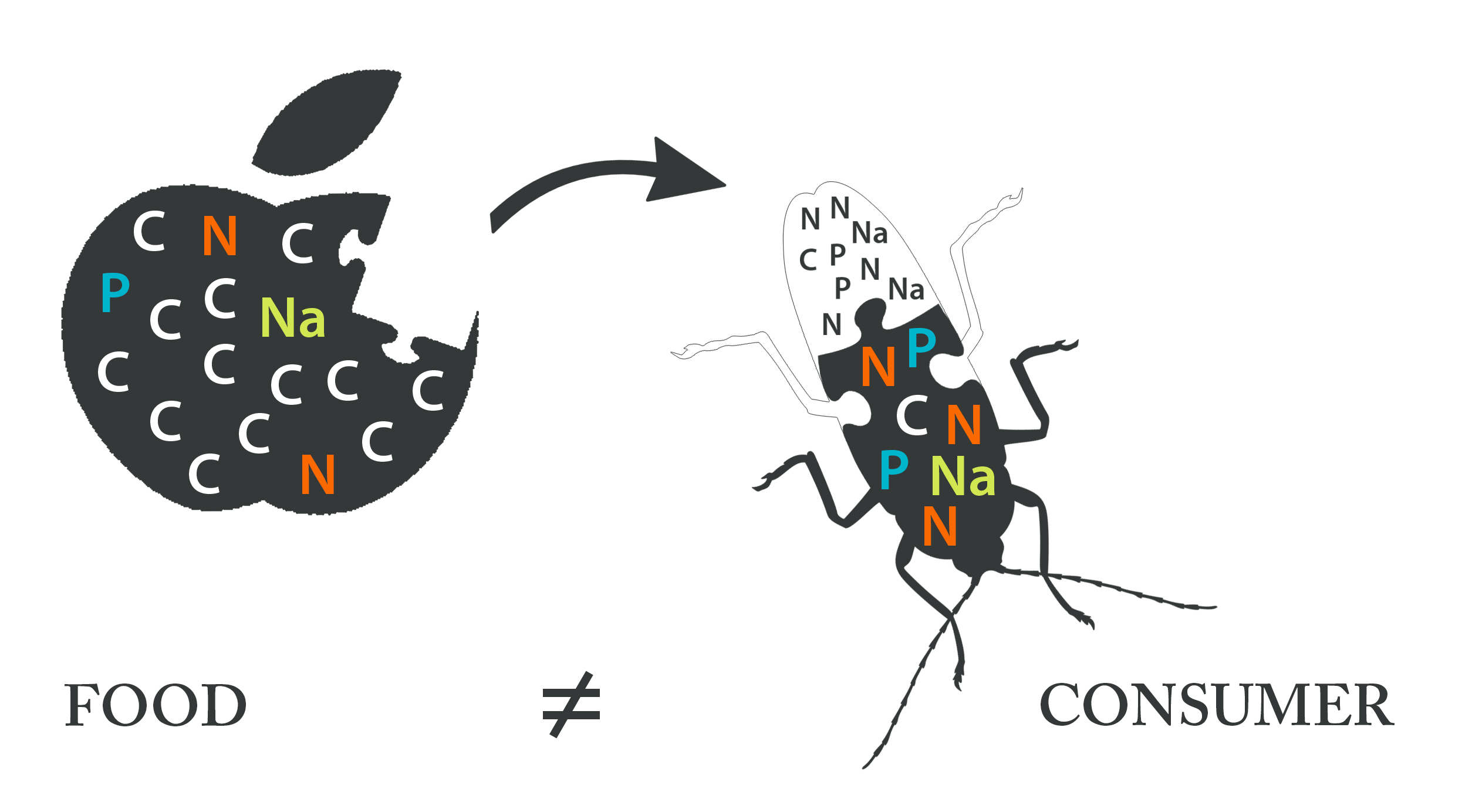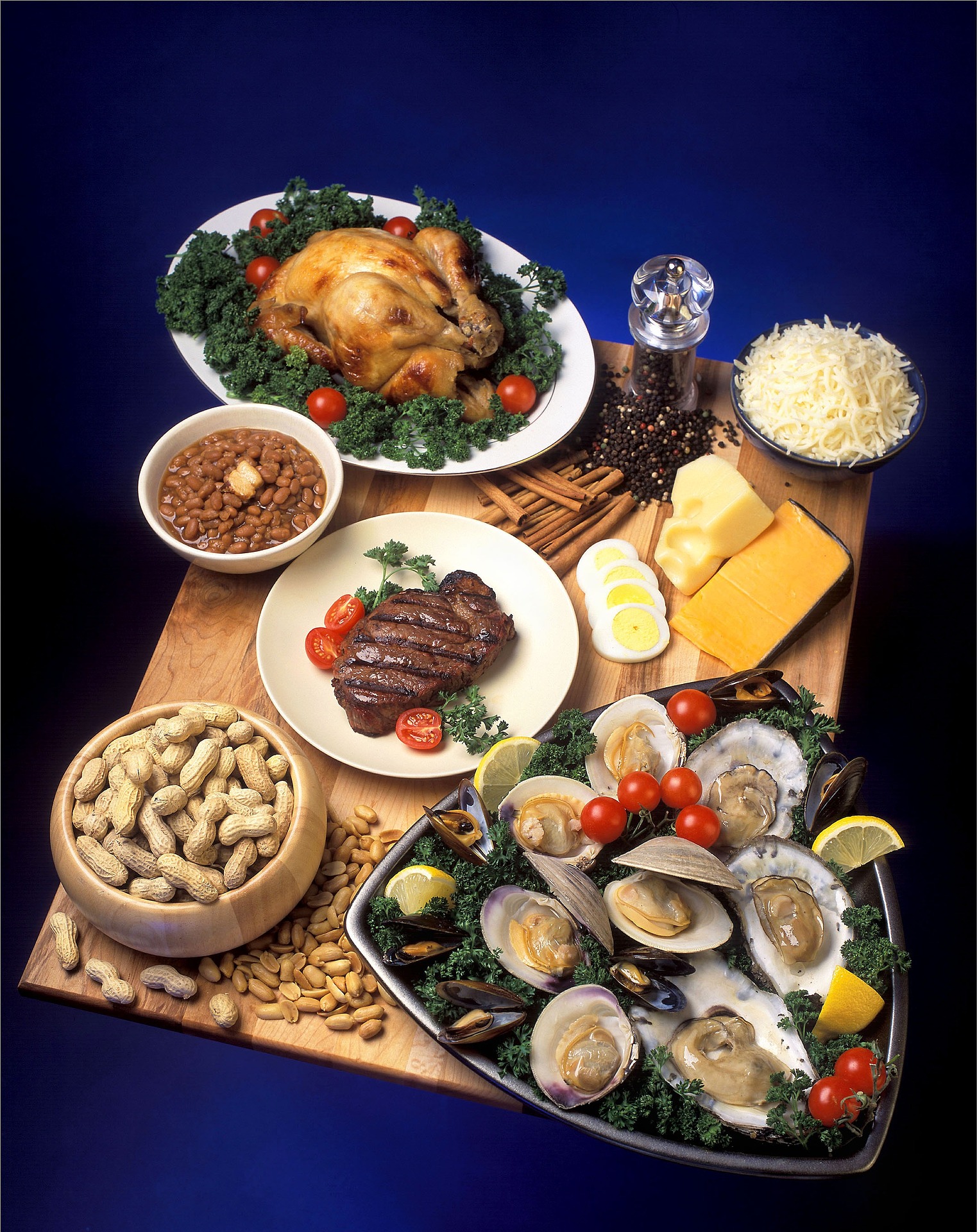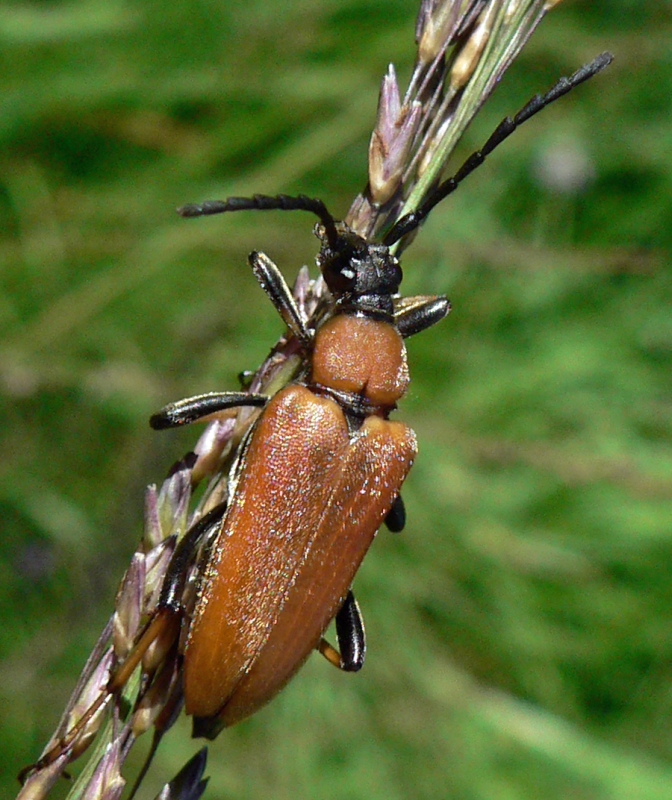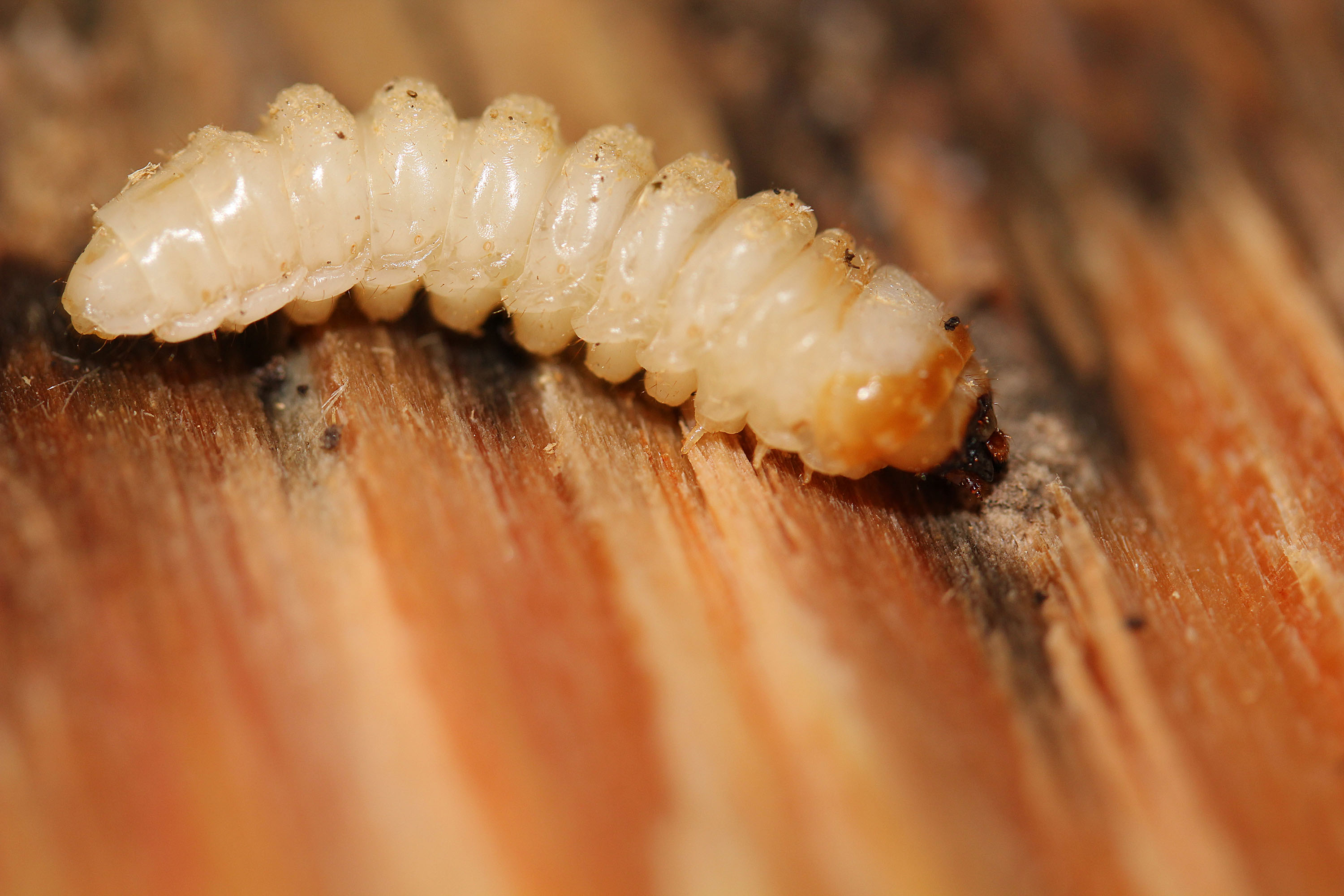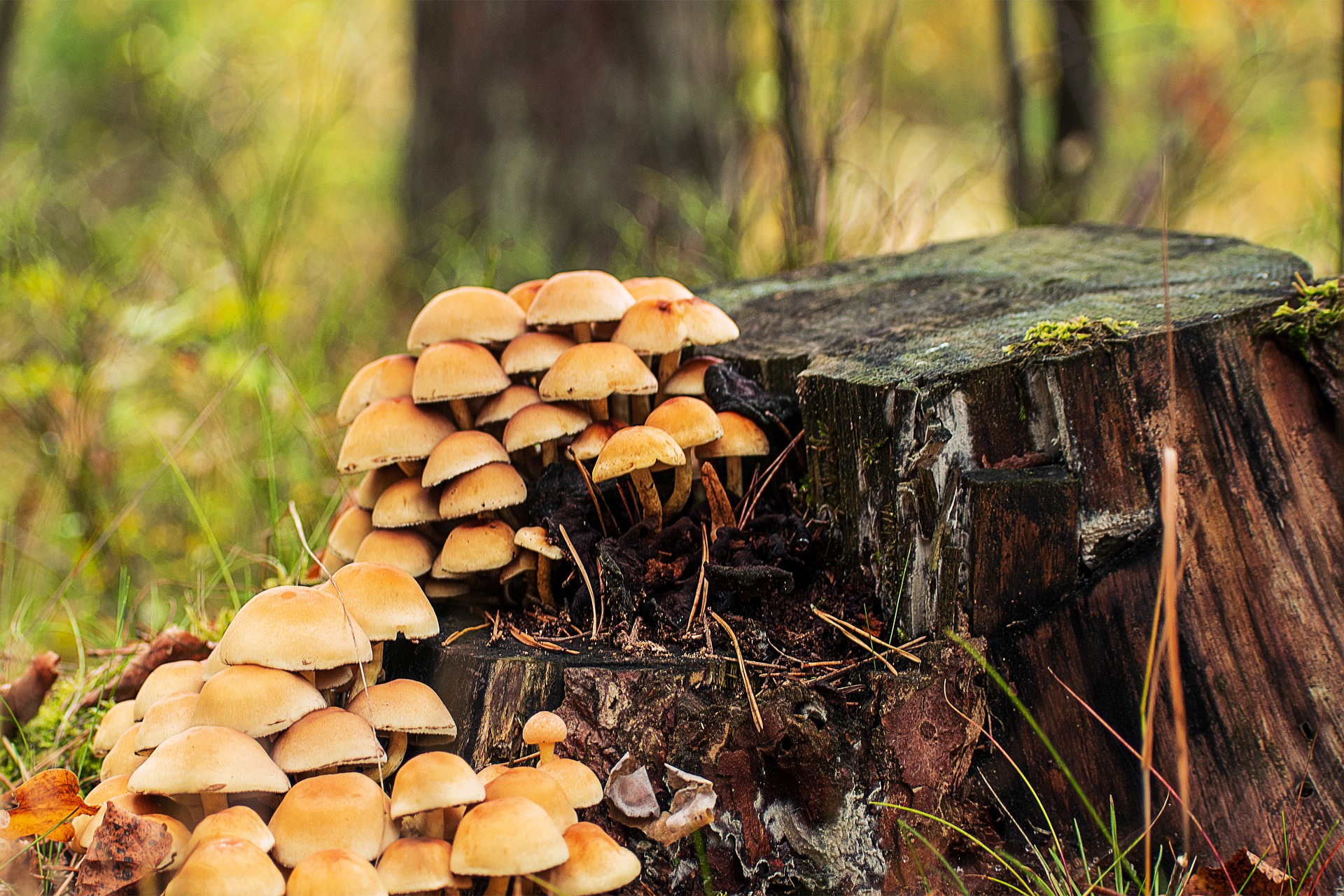Decomposition of wood is a very difficult process. Wood is highly resistant to decay, and it’s not very nutritious to boot. It doesn’t provide good sustenance for the decomposers that feed on it – in fact, it may even lack key elements needed for their growth, development and maturation. The only two things it’s abundant in are carbohydrates cellulose and hemicellulose, but they’re simply not enough. Nevertheless, there are daredevils who aren't afraid of starvation and even thrive in the long, dark, winding tunnels dug in dead trees. How is it possible? It’s commonly thought that it’s the symbionts that process the dead wood in order to provide sustenance for saproxylic organisms. However, according to the law of the conservation of mass, this is insufficient because the constituent atoms of nutrients cannot be created by organisms from the available biomass. Therefore, the elemental composition of wood limits the available nutrients, although symbionts are able to increase the digestibility of woody matter and synthesize important organic compounds from nutrients furnished by dead wood. The nutrients required for insects to properly develop are transported to dead wood by fungi, resulting in a rearrangement of the nutritional composition of the wood during the first few years of decay. By consuming decomposed wood that is rich in fungal tissues, the dead wood eater is able to grow, develop and reach maturity.
- ecological stoichiometry
- stoichiometry
- dead wood
- saproxylophage
- wood eater
- fungi
- nutrient cycling
Body-building matter
Organisms build their bodies by relying on thousands of chemical reactions, all of which must be chemically balanced
During growth and development, organisms must build their bodies to achieve not only their final adult shape but also the size, condition and fertility necessary for reproductive success. The fundamental and immutable building blocks that compose all living matter are atoms of chemical elements. Despite their diversity and complexity in structure, form and function, all organisms and their food consist of exactly the same building blocks of approximately 25 chemical elements. These blocks are completed and maintained with the use of energy. The composition and nutritional quality of a particular type of matter, composed of particular organic molecules in certain proportions, is reflected in stoichiometry, i.e., the ratio of chemical elements composing these molecules. The most influential feature of the elements that shape ecological interactions is a consequence of the law of conservation of mass: in contrast to organic compounds, specific atoms must not be transformed into different atoms during processing by the organism, and every developing organism has at its disposal only the building material that is available in its environment as a resource.
Nutritional demand
To build fit and healthy adult body, larval food must be nutritionally balanced
Adult bodies are already built; therefore, their functionality is limited mainly by calories, i.e., energy. However, their functionality is also limited to a lesser degree by the availability of specific organic compounds (e.g., fatty acids, amino-acids) and, in many cases, by several physiologically important ions, such K, Na, Mg and Ca. Nevertheless, the ability to build the fully functional body of an adult may be influenced by the availability of non-energetic nutritional elements during the juvenile stage of an organism. These elements may limit the growth and development of an organism if they are not stoichiometrically balanced in food.
Nutritional ecology and stoichiometry
Ecological stoichiometry considers how nutritional needs of organisms for basic body-building molecules shape their ecology
Food quantity cannot compensate for food quality. Even if potential food is available in excess, any mismatch between the elemental composition of the food and the requirements of its consumer imposes a limitation on the growth and development of the consumer. Limitations imposed by the differences between demand and supply may determine the fitness of an organism and influence the organism's ecological interactions. The framework of ecological stoichiometry was introduced to elucidate the ecological interactions that result from the fundamental needs for elements and energy. Ecological stoichiometry extends the traditional approach focused on energy flows by introducing the concepts of mass flow and element cycling in ecosystems. In this context, key life-history traits (e.g., growth rate, body size, trophic position) related to body composition are expressed as simple variations in elemental content that represent the major molecules and structures. In particular, herbivores must cope with stoichiometric mismatch, i.e., the fundamental differences in elemental ratios between their tissues and their food. Such incompatibility may result in hampered growth rates, limited energy budgets, and decreased survivorship and reproduction; therefore, it can influence the consumer’s fitness.
Nutritional supply
Balanced supply means that the environment provides all the needed nutrients in balanced proportion
Organisms that feed on pure dead wood, which consists almost exclusively of hardly digestible polysaccharides, encounter extreme nutritional challenges. Irrespective of its digestibility, dead wood is scarce in nutritional elements, since it is composed of C, H and O in extremely high proportions relative to other elements. The stoichiometric mismatch for saproxylic insects may be high enough to make it impossible for them to build their bodies from the matter acquired from dead wood. Dead-wood eaters are nevertheless able to survive and thrive on this low-quality food source.
We are not talking about bark beetles here!
Longhorn beetles are wood eaters (here: Stictoleptura rubra - female)
Extremely high stoichiometric mismatch does not affect organisms feeding on living wood, which has approx. 10-100-fold higher concentrations of non-carbon elements than dead wood (varying by element and tree species). As such, living wood is a more nutritionally balanced food for its consumers. Moreover, living wood is “connected” to the external environment by cells that transport nutritious sap. The sap itself is valuable food. Therefore, it is important to distinguish xylophagous wood-boring insects from bark beetles that live in nutritional symbiosis with ambrosia fungi, which serve as the beetles’ food.
Missing piece: symbionts provide nitrogen but this is not enough
Split into atoms, wood only serve as a source of carbon, hydrogen, and oxygen, thereby providing insufficient nutrition for saproxylophages and for their digestive tract symbionts, despite the ability of certain symbionts to assimilate nitrogen directly from the air
According to common knowledge, the activity of the symbionts that inhabit the digestive tracts of wood eaters provides wood eaters with a nutritionally balanced diet. However, according to the law of conservation of mass, this phenomenon is impossible. Digestive tract symbionts are able to improve the digestibility of food, supplement the diet with N, synthesize important organic compounds from nutrients furnished by the preliminary food and eliminate toxins. However, the absolute content of every nutritional element other than N, which is processed by microbial symbionts, cannot increase during any chemical reaction performed by the microbes. Thus, although digestive tract symbionts can decrease N limitation for xylophages, it is impossible for these symbionts to play a role in decreasing other nutritional element limitations. Considering the consumption rate of a wood eater (Corymbia rubra, Cerambycidae) and the elemental composition of pure dead wood, it has been estimated that gathering the amounts of elements that compose the body of the wood eater would require approximately 40 years for males and 85 years for females. In reality, this species' growth period spans at most 3 to 4 years in nature. Therefore, the question arises: Where do all of the nutrients used to build the body of this organism come from?
The answer is fungi
This larva is actively feeding on fungal hyphae overgrowing dead wood
Given the lack of essential nutrients in pure dead wood, dead-wood eaters have evolved a diet optimization strategy in which they feed on nutritionally rich, non-dead-wood matter that is transported from external sources during the decay process. During the first few years of decay, dead wood stoichiometry becomes fundamentally rearranged due to independent changes in the concentrations of various nutritional elements that are transported from outside. This rearrangement is caused by the fungal infection of dead wood. Ingrowing fungal tissues in dead wood are connected to nutritional patches of the environment outside of the wood. These patches may consist of organic matter that is rich in proteins or they may consist of minerals and rocks that are sources of specific ions utilized to build fungal tissues. The acquired nutrients are translocated from the outside of dead wood to the inside through the fungal mycelium. By consuming decomposed wood that is rich in fungal tissues, the dead-wood eater is able to grow, develop and reach maturity. During the developmental period of saproxylophages, stoichiometric mismatch is greatly reduced: for various nutritional elements, this mismatch declines 10-100-fold during this period. The fungal action provides matter of particular nutritional composition and stoichiometry to the dead wood. These proportions of nutrients are especially suitable for dead-wood eaters since the elements provided to the wood to the highest degree by fungi are those that are most limiting to the growth and development of saproxylophages, being concentrated in pure dead wood in extremely low amounts. However, even when relying on fungi as a food source, stoichiometric mismatch still occurs (but is not severe) for some nutritional elements. To cope with this limitation, saproxylophages have evolved to prolong their development time to the period observed in nature (several years) to gather all the necessary building blocks to compose their adult bodies. This prolonged development time is feasible since the inside of dead wood provides a relatively safe and low-stress environment, and therefore reduced mortality, compared with the outside.
Nutrient (re)cycling
Thanks to the complex relations between dead wood, fungi and saproxylic insects, vast amounts of organic matter are constantly being decomposed and don’t clutter up our planet
Decomposing fungi are important players in ecosystem functioning, being involved in the breakdown of large masses of dead matter. These fungi participate in nutrient cycling in ecosystems and make available to other organisms the nutrients that compose hardly digestible plant matter. However, little attention has been given to the fact that these nutrients are polysaccharides, composed exclusively of C, H and O: although they may act as sources of energy, they cannot serve as body-building matter for consumers of plant matter. Understanding the interactions of saproxylophages and fungi appears to be important for understanding the wood decomposition process and nutrient cycling in forests. The life histories of xylophages are co-limited by the complex of nutritional elements required to maintain their bodies’ multi-elemental stoichiometry. Fungi, by rearranging the stoichiometry of decomposing dead wood, create a nutritional niche for saproxylophages, allowing them to undergo growth and development to maturity. In turn, xylophages affect dead wood, fragmenting it, shredding it and producing frass, thereby contributing to wood decomposition and nutrient cycling on the forest floor. The decomposition of dead wood of any kind with the contribution of various meso- and macro-detritivores may depend on specific changes in dead wood stoichiometry. Fungi may play important roles in nutrient cycling in forest ecosystems by relocating matter of specific stoichiometry between nutritionally rich and scarce patches within ecosystems, enriching nutritionally scarce dead plant matter, rearranging it stoichiometrically and thereby making it available as food source for other organisms. Detrital food webs are highly limited by N and P scarcity. Nitrogen may be acquired by microorganisms from the air, but the only known vectors that can enrich decomposing plant matter with large amounts of P are fungi. In addition to these two commonly studied elements, there are more than 20 others that compose matter in various proportions and are needed to form the organic molecules that compose living organisms. Scarcity of any of these elements in food may limit consumer growth and development and shape ecological interactions.
------------------------------
This text is compilation of my previous short popular-science articles, published on the Jagiellonian University, and The Conversation websites, that were rewritten and upgraded.
References
- Filipiak, M. (2018). Nutrient Dynamics in Decomposing Dead Wood in the Context of Wood Eater Requirements: The Ecological Stoichiometry of Saproxylophagous Insects. In M. Ulyshen (Ed.), Saproxylic Insects Diversity, Ecology and Conservation (pp. 429–469). doi: 10.1007/978-3-319-75937-1_13

